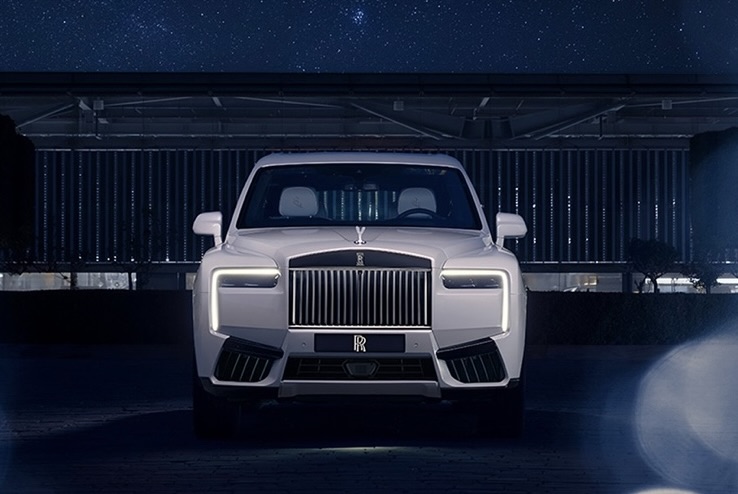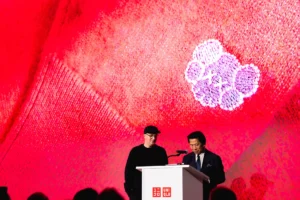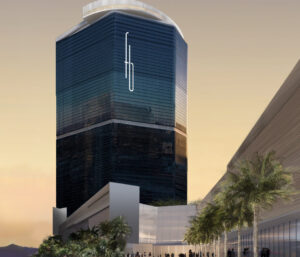
the fast-fashion fault line in paris
In the epicenter of Paris, where the language of fashion has long been spoken with precision, elegance, and artistry, a new arrival is igniting a storm. Shein, the Chinese fast-fashion titan known for its algorithm-driven production and ultra-low prices, is set to open its first physical boutique inside the historic BHV Marais department store next month.
But rather than celebration, the announcement has unleashed a wave of indignation across France’s fashion and political landscape — one that underscores a deeper clash between cultural heritage and globalized consumerism.
The pushback has been immediate and vocal. From Paris Mayor Anne Hidalgo to major French fashion unions, critics see the Shein pop-up not as a milestone of innovation, but as an affront to the country’s fashion legacy. Over 100,000 citizens have already signed petitions opposing the move, marking it one of the most significant public outcries in recent retail memory.
a symbolic invasion
For Paris, a city that built its global identity on craftsmanship, sustainability, and cultural integrity, Shein represents a kind of cultural trespass. The decision to host the e-commerce giant within the BHV Marais — an institution revered for its curatorial elegance and commitment to design — has struck a symbolic nerve.
Many view it as the encroachment of digital capitalism into the very sanctum of French artistry. Fashion insiders argue that Shein’s business model — characterized by mass production, low prices, and algorithmic trend-chasing — undermines everything the French fashion ecosystem stands for: quality, sustainability, and respect for artisanship.
“Placing Shein in BHV Marais is like opening a drive-thru inside a Michelin restaurant,” one Paris-based designer quipped on social media. The comparison feels apt: BHV Marais is not merely a department store but an emblem of Parisian taste, dating back to 1856, nestled near the Hôtel de Ville — a neighborhood synonymous with design excellence and avant-garde culture.
shein’s strategy
Shein insists that this move represents an effort to “adapt to European standards and cultural expectations.” The company has emphasized that its Paris pop-up will feature curated collections, “conscious” fabrics, and limited stock rotation aimed at minimizing waste.
The brand is eager to shed its reputation for environmental harm and exploitative labor practices, both of which have been documented by international watchdogs. In France — a nation that in 2024 passed legislation aimed at curbing fast fashion imports — such gestures are likely too little, too late.
Shein’s public messaging has been met with skepticism. Critics argue that the company’s “sustainability pledges” are more marketing than reform, pointing out that the brand’s core model — producing tens of thousands of new SKUs weekly — fundamentally contradicts ecological principles.
the bhv backlash
The Société des Grands Magasins (SGM), which operates BHV Marais, finds itself at the center of the controversy. Once lauded for its stewardship of heritage retail spaces, SGM now faces accusations of compromising artistic integrity for profit.
Even before the Shein partnership, tensions between SGM and its tenants had been simmering. Several French brands that sell within BHV have already announced plans to withdraw their products in protest, citing both ethical objections and dissatisfaction with SGM’s management practices, including delayed vendor payments.
The backlash has also drawn economic consequences. A state-owned French bank reportedly pulled financing for SGM’s acquisition of the BHV building following news of the Shein deal, citing reputational risks. This marks a rare instance of financial institutions taking a cultural stance in defense of fashion ethics — a testament to the scale of the uproar.
“sheingate”
On French social media, the outrage has been branded #Sheingate, a movement that extends beyond fashion into broader debates about globalization, climate responsibility, and cultural sovereignty. Activists and designers alike see the Shein–BHV partnership as a microcosm of the fast-fashion dilemma: convenience versus conscience, accessibility versus authenticity.
Unions representing garment workers and independent designers have staged online protests and are preparing demonstrations outside BHV Marais in the weeks leading up to the boutique’s opening.
“This is not just about one store,” said one spokesperson from the Fédération de la Mode Éthique. “It’s about the values that define our industry — respect for labor, for the planet, and for creativity itself.”
For many, allowing Shein into such an iconic Parisian space is akin to legitimizing a model of hyper-consumerism that threatens the very future of sustainable design.
the broader european context
Shein’s Paris debut isn’t an isolated move; it’s part of a larger strategy to anchor its presence in Europe through physical retail. The company has already announced plans to open additional boutiques in cities like Lyon, Bordeaux, and Marseille, all under the SGM umbrella.
These pop-ups are meant to serve as experience centers, blending digital shopping with in-person curation — a model that mirrors Shein’s efforts in London and Milan. However, Europe’s regulatory landscape presents a tougher environment than the U.S. or Asia.
In 2024, the French National Assembly debated a bill proposing a “fast fashion tax,” targeting companies with excessive production cycles and poor environmental standards. The proposed legislation aimed to make brands like Shein pay proportionally to their ecological footprint — a move that could reshape the industry’s global supply chains.
In that context, Shein’s Paris debut feels almost defiant — a test of either public backlash can outweigh market momentum.
bhv marais: A house divided
For the BHV itself, this episode has become a test of identity and integrity. Long positioned as a hybrid between creative workshop and commercial retailer, the store’s brand equity rests on its ability to showcase the best of design.
Housing Shein, whose average item retails for under €10, risks cheapening that legacy. Some insiders speculate that SGM’s leadership viewed Shein as a financial lifeline in an era of declining foot traffic — a quick injection of digital relevance.
But for Parisian creatives, that short-term gain represents long-term erosion. “BHV was a space of discovery and design literacy,” said one local gallerist. “Now it’s just another billboard for global consumerism.”
a clash of philosophies
At its pithy, this controversy is not simply about one brand moving into one building. It’s about two philosophies of fashion colliding head-on.
On one side stands the French tradition of couture — rooted in craftsmanship, durability, and artistry. On the other, Shein’s algorithmic fashion, designed for virality and volume, where trends last weeks and garments hours.
This tension mirrors a larger debate in global fashion: how to reconcile creative authenticity with accessibility, cultural legacy with commerce. Paris, once the undisputed capital of slow luxury, now becomes the stage for a battle over what fashion means in the 21st century.
ideologue
As Shein prepares to open its doors at BHV Marais, the question remains whether this move will mark a turning point or a cautionary tale.
To some, it signals the inevitability of globalization — the fusion of digital-first retail with traditional spaces. To others, it’s a stark reminder of what’s at stake: the erosion of cultural stewardship in favor of commercial convenience.
The Shein saga exposes an uncomfortable truth — that fashion’s most iconic institutions are not immune to economic pressure, nor to the seductive pull of viral success. But it also reveals the power of collective resistance: designers, citizens, and even banks rallying to defend the values that make Paris more than a market, but a métier.
For now, Shein may have found its Paris address, but whether it finds a home in the city’s conscience remains uncertain.
No comments yet.







